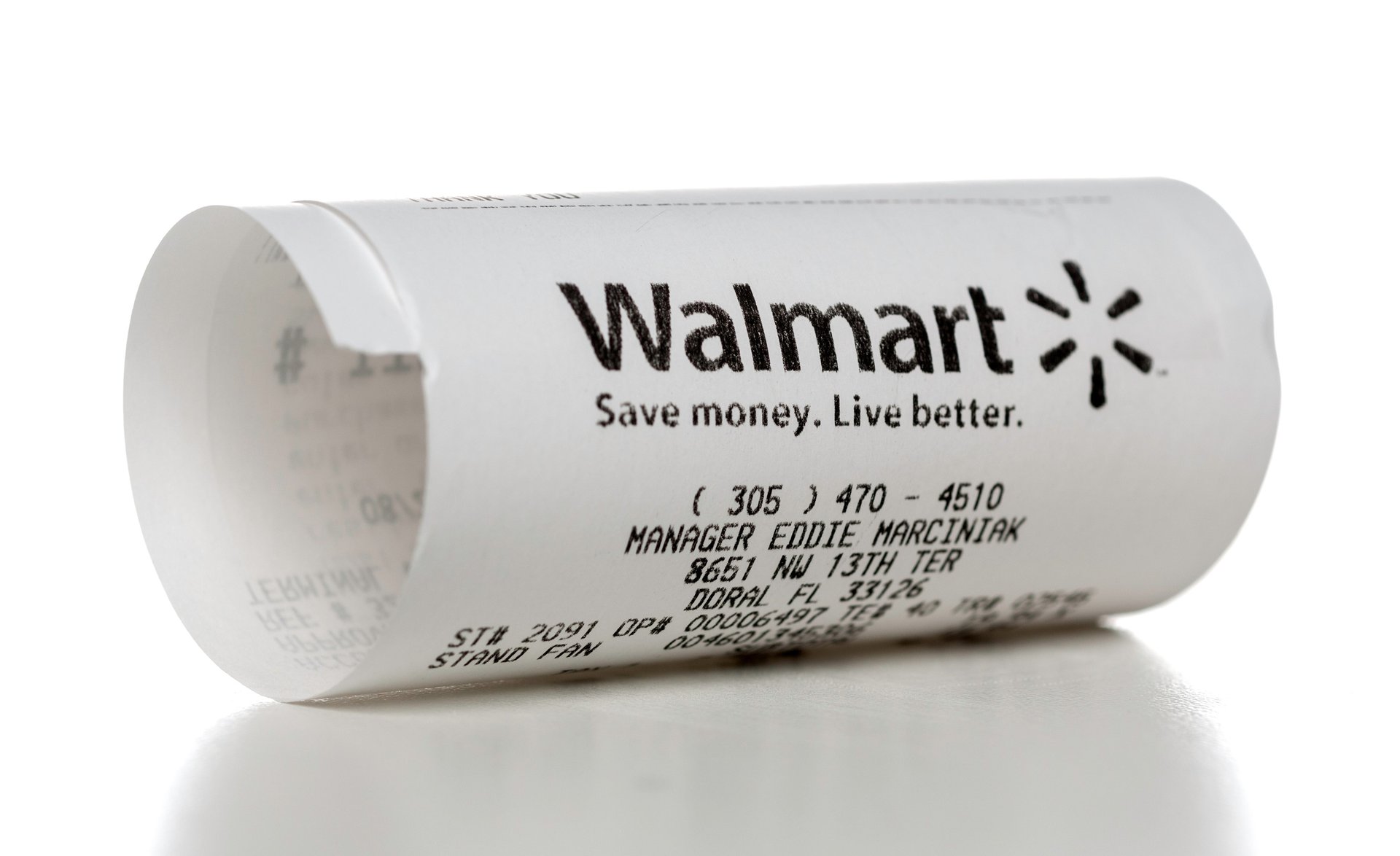Walmart's big 2024 is partly thanks to an age-old strategy
Walmart went big on a new "private label." Almost every U.S. household purchased at least one-private label item this year, according to a report

Private-label brands are having a moment in 2024, and it’s no coincidence that some of the biggest winners include Walmart’s Bettergoods and Target’s Dealworthy.
Suggested Reading
These house brands have seen explosive growth, with sales surging over 200% in their first year, according to a report from data analytics firm Numerator. And they’re not alone – nearly every U.S. household purchased at least one-private label item this year. So, what’s driving this boom, and why are consumers choosing them over splashy brand names?
Related Content
“Private label brands have gone from black-and-white to technicolor,” Michael Zakkour, founder of consulting firm 5 New Digital, told Quartz in an interview.
Zakkour argues these products were previously “relegated to the bottom shelf,” often viewed as lower-quality alternatives to big-name brands. Today, however, many private-label offerings are just as good, if not better, than their branded counterparts.
Retailers including Walmart (WMT) and Target (TGT) have made significant investments in their private labels, aiming not just to match the quality of established brands but often exceed them. Consumers are now more likely to trust house brands, with many developing a strong loyalty to them.
This loyalty is closely tied to rising prices and inflation, which have made value a crucial factor in purchasing decisions. Reilly Newman, founder of marketing firm Motif Brands, explains that for consumers seeking affordable alternatives, private labels offer a way to maintain quality without paying a premium for name brands.
The way consumers view private labels has also evolved, especially in recent years. “Consumers no longer perceive private labels as inferior or generic,” Elizabeth Lafontaine, director of research at foot-traffic analytics firm Placer.ai, told Quartz in an interview. Retailers such as Trader Joe’s have helped shift this perception, she notes.
Though it may seem like a recent trend, private labels have been around for decades. Walmart, for instance, first ventured into private labels in 1983. Since then, the company has expanded its store-brand offerings to include a range of products, from clothing to groceries, and has used its house brands to attract new customer segments.
“During these difficult times, private labels don’t carry the stigma of being budget options,” Newman says. Some consumers, in fact, are willing to trade quality for price, opting for private labels when their preferred brand names are too expensive.
As private-label products continue to gain ground, big-name brands are taking notice and adjusting their strategies. Retailers like Costco (COST) have already set a precedent with their Kirkland Signature line, which accounts for 30% of the company’s total sales. Meanwhile, Aldi’s U.S. operations CEO Jason Hart said earlier this year that the discount grocer focuses on private labels rather than national brands to keep prices low.
According to Numerator’s report, Aldi leads the pack by ratio of private-label sales; its house brands account for 80% of total sales. Trader Joe’s follows closely in second place at 70%, while Costco takes third with 35%.
The rise of online shopping has also played a major role in the success of private-label brands. With online grocery sales reaching nearly $10 billion in November alone, platforms like Walmart and Amazon (AMZN) have leveraged their reputation to make private-label products more accessible. This shift has prompted retailers to introduce cheaper alternatives, while also expanding into other categories, such as pharmacy delivery. Amazon, however, trails far behind in its ratio of private-label sales, with just 3%, according to Numerator’s report.
The private label boom certainly isn’t limited to groceries and essentials. Zakkour of 5 New Digital points out that Target has had notable success with private-label clothing brand, such as Goodfellow and Cat and Jack.
The recent rise of private labels is more than just a trend – it’s a fundamental shift in how we shop and perceive value, says Motif Brands’ Newman. As these products continue to offer better quality at comparably lower price points, consumers will likely continue to embrace them, especially if they “address a need or a reason” in the market.
